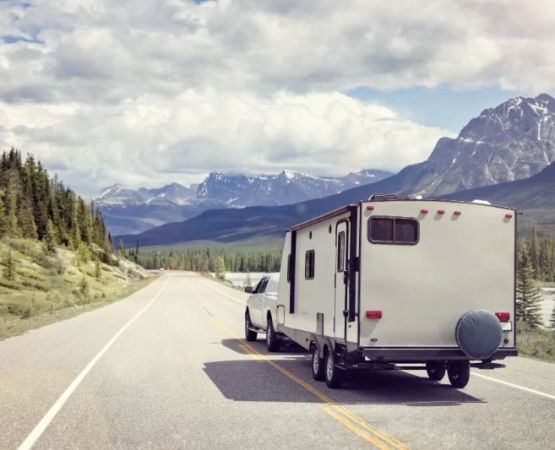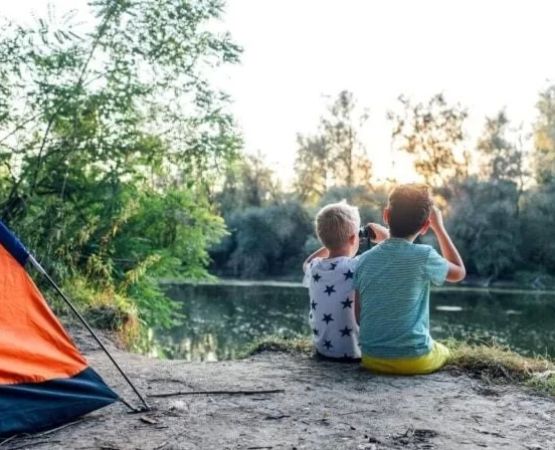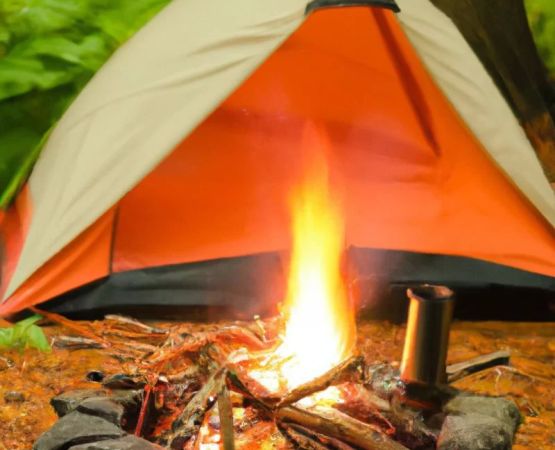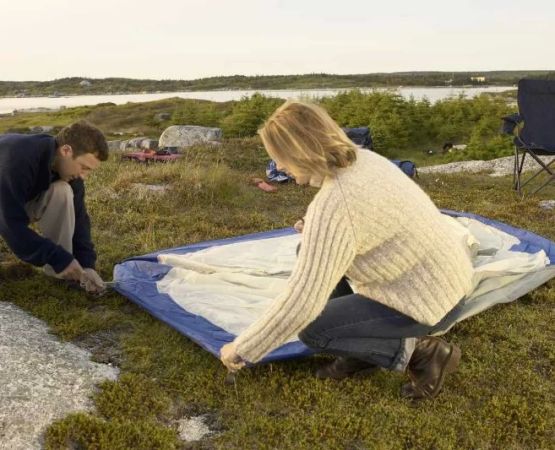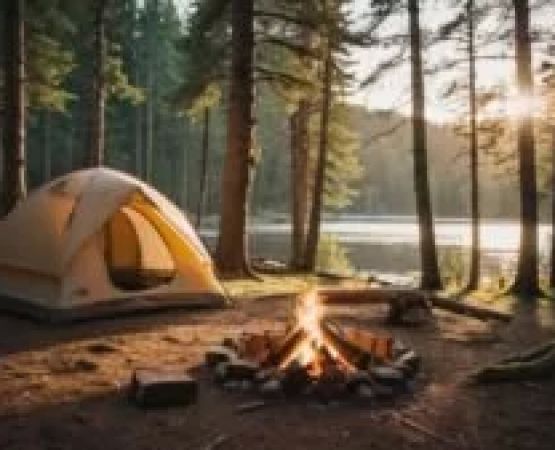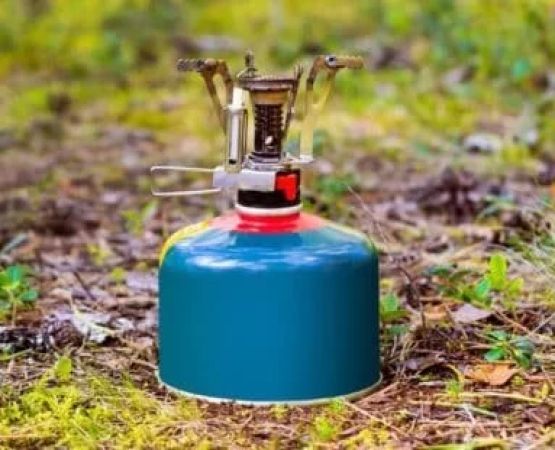How to Create a Campfire in Windy Conditions: Essential Tips and Tricks
Creating a campfire in windy conditions can be a daunting task, but with the right techniques and preparation, it is certainly achievable. There’s something incredibly satisfying about sitting around a campfire, especially after a long day of hiking or camping. The crackling sound, the warmth it provides, and the way it brings people together make it a cherished part of any outdoor experience. However, windy weather can make it challenging to light and maintain a fire. I’ve learned through trial and error how to effectively create and control a campfire, even when the wind is working against you. Here, I’ll share some tried-and-true tips for building a fire in windy conditions that can make your camping experience much more enjoyable.
1. Understanding the Impact of Wind on Your Campfire
Before diving into how to create a campfire in windy conditions, it’s important to understand how wind affects the fire-building process. Wind can cause flames to flicker uncontrollably and even blow out your fire entirely, especially when it's gusty. The key is to minimize wind exposure and build a fire that can withstand the forces of nature. During one of my first windy camping trips, I struggled with a campfire that wouldn’t stay lit, but I quickly realized that the best solution was to create a wind barrier and use the right materials to get it going.
The direction and strength of the wind can significantly impact where and how you build your fire. A strong wind can blow embers far from the fire pit, creating a fire hazard. That's why location is critical—select a sheltered area that offers some natural protection from the wind, such as behind rocks, trees, or hills. If you’re camping in an area with consistent winds, I also recommend bringing along a windproof firestarter to help the fire catch and stay lit.
2. Choosing the Right Spot for Your Fire
Location is one of the most important factors when creating a fire in windy conditions. When I go camping in windy areas, I always prioritize finding a place with natural barriers that can block the wind, such as large rocks, boulders, or dense bushes. In some cases, you may need to dig a small trench or make use of the natural landscape to create a sheltered space for your fire.
Whenever possible, I try to build the fire in a depression in the ground, which can help protect the flame from wind gusts. In addition, I make sure the area is clear of dry grass or other combustibles that could catch fire from flying embers. If there are no natural barriers, it might be worth considering investing in a portable windbreak or windscreen to set up around your fire pit. I've personally used these on windy camping trips, and they work wonders in keeping the fire intact.
3. Use a Proper Fire Pit or Windbreak
A fire pit or windbreak can significantly reduce the effect of wind on your campfire. I’ve found that using a sturdy fire ring or digging a small pit helps contain the fire and prevents it from spreading. In windy conditions, this becomes even more important. If you’re building a fire on a beach or open plain where natural barriers aren’t available, you can construct a makeshift windbreak using large logs, branches, or a tarp to shield the flame from the wind.
Another useful tip I’ve learned is to make the fire pit as low as possible. The closer the flames are to the ground, the less wind they’ll encounter. A low fire also helps to keep the heat more concentrated, allowing the fire to burn hotter and more efficiently, even in windy conditions. If you're unsure of the best fire pit design for windy conditions, I recommend researching various methods to create a windproof setup to suit your specific environment.
4. Choosing the Right Materials for Your Fire
The type of fire-starting materials you use plays a major role in how well your fire performs, especially in windy conditions. During one camping trip, I struggled to keep my fire going because I was using damp wood and twigs that simply wouldn’t catch. To avoid this issue, I’ve since learned to always bring dry, seasoned wood that is less affected by the wind.
For kindling, I recommend small, dry twigs, pine needles, or dried leaves. These will catch fire quickly and provide a strong base for the larger logs. I’ve also had success using fire starter sticks or cotton balls dipped in petroleum jelly to help get the fire going, especially when the wind is intense. Once the fire is going, add larger logs in a teepee or log cabin arrangement to allow for proper airflow. This method will help the fire burn more efficiently, even in gusty conditions.
5. Using Fire Starters for Extra Help
In windy conditions, it can be hard to get a fire started without some extra assistance. I highly recommend using fire starters, as they can dramatically improve your chances of success. Fire starters come in various forms—matches, lighters, fire starter sticks, and even chemical-based starters that are designed to burn longer and hotter than regular materials. These are especially useful when starting a fire in a wind-heavy environment. On my last trip, I used a waterproof fire starter, and it made all the difference when the wind was particularly strong.
One of my go-to fire starter options is magnesium blocks or fire starter cubes, which are small, compact, and work well in windy conditions. These fire starters create a steady, sustained flame, making it much easier to get your fire started and keep it burning. If you're not familiar with fire starters, I recommend testing out a few different options before your next trip so you can find the one that works best for you.
6. Safety Tips When Building a Fire in Windy Conditions
While it’s essential to have a campfire for warmth and cooking, safety is paramount when dealing with windy weather. Windy conditions increase the risk of sparks and embers flying out of the fire pit, potentially causing a wildfire or injury. During one windy camping experience, I witnessed a fire grow out of control due to flying embers, which made me more cautious. Here are a few safety tips I always follow:
- Always keep a bucket of water or a fire extinguisher nearby to quickly put out the fire if it spreads.
- Never leave a fire unattended, especially in windy conditions.
- Ensure the fire is fully extinguished before leaving the campsite by dousing it with water and stirring the ashes.
- Keep the fire small and contained to minimize the spread of embers.
In windy conditions, it’s also important to regularly monitor the weather forecast. If a fire ban is in place or the wind becomes dangerously strong, consider postponing your campfire or using an alternative heat source like a portable stove.
7. Enjoying a Safe and Warm Campfire
Despite the challenges that windy conditions can present, I find that building a campfire by following the right techniques makes for one of the most rewarding experiences. After all, there’s nothing quite like gathering around a warm fire with friends and family after a long day of hiking. When done safely, a campfire can provide warmth, comfort, and light, even in the most challenging environments.
If you’re interested in making your camping experience even more memorable, I highly recommend checking out Pine Cliff Resort, where they offer guided camping and hiking experiences in various environments, including areas known for their windy conditions. With expert guidance and access to top-notch camping gear, you'll be able to enjoy the thrill of a campfire while being prepared for anything nature throws your way.
SEO Title: How to Create a Campfire in Windy Conditions: Tips for Safe Campfires SEO Keywords: create a campfire in windy conditions, windy weather campfire, building a campfire, camping tips, Pine Cliff Resort SEO Description: Learn the best techniques for creating a campfire in windy conditions. Stay safe and warm with these expert tips for your next camping trip.
